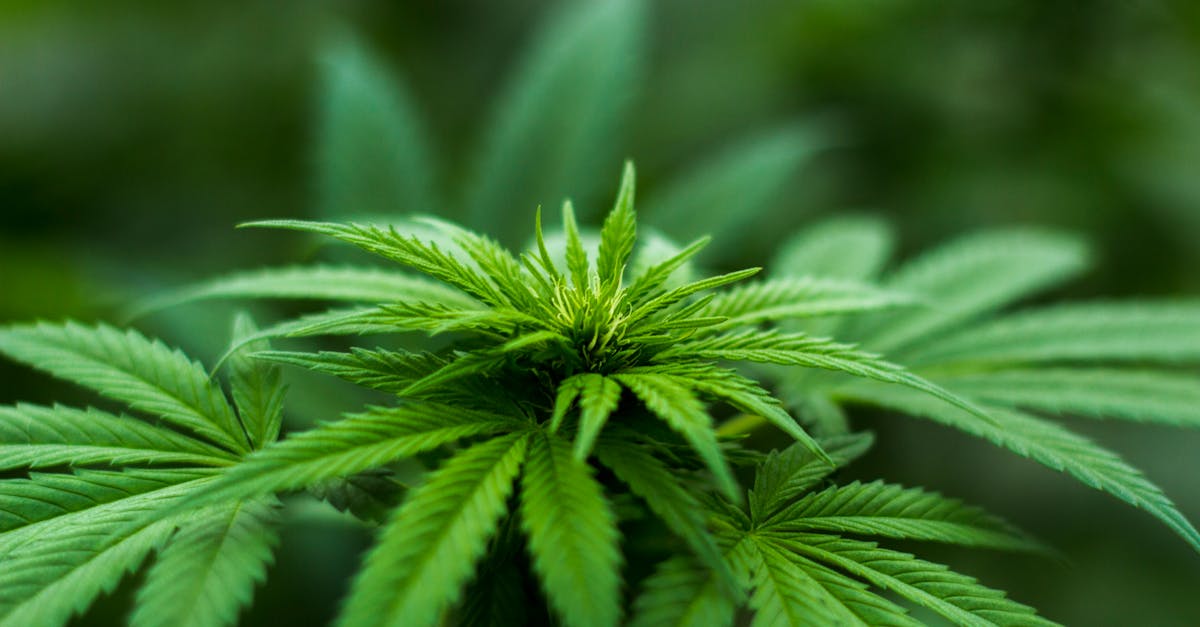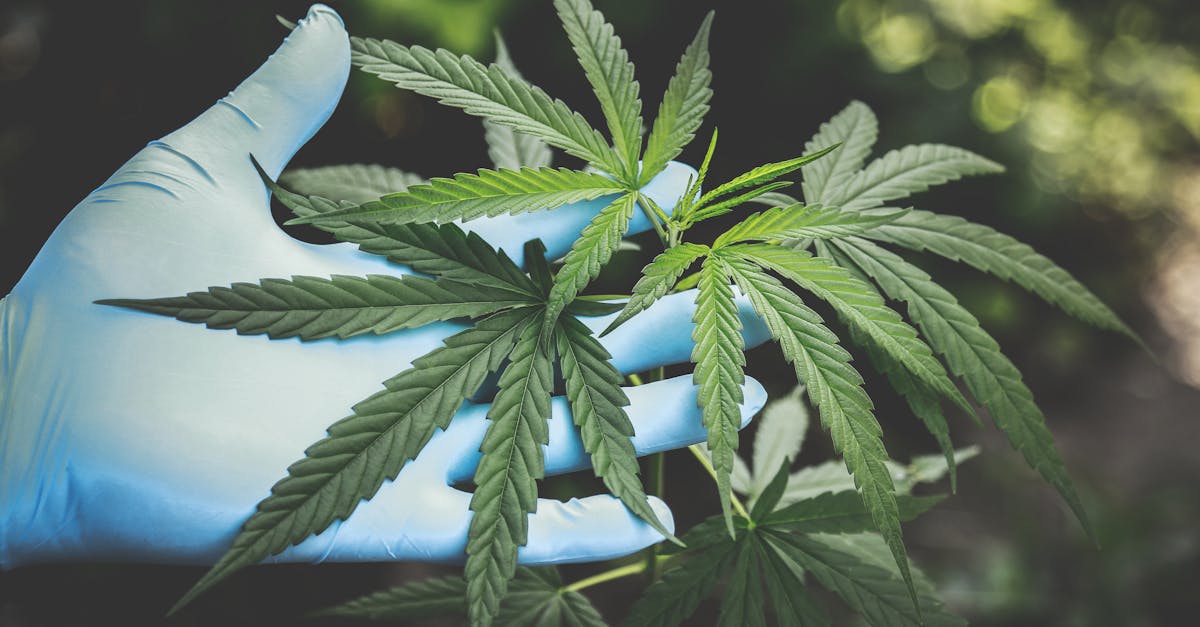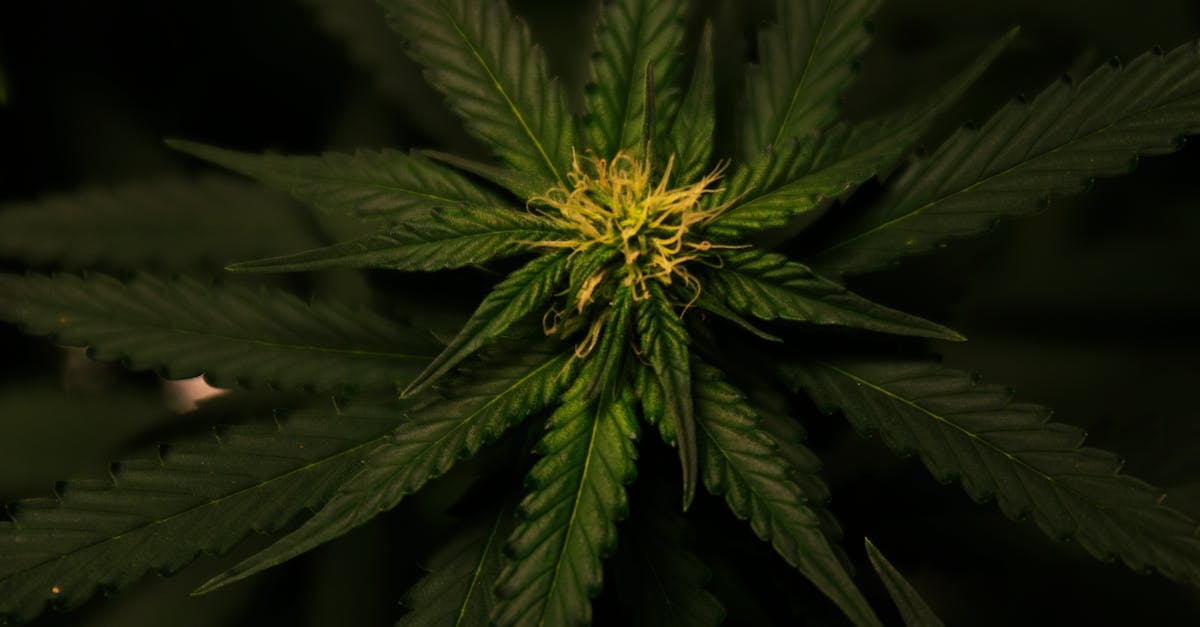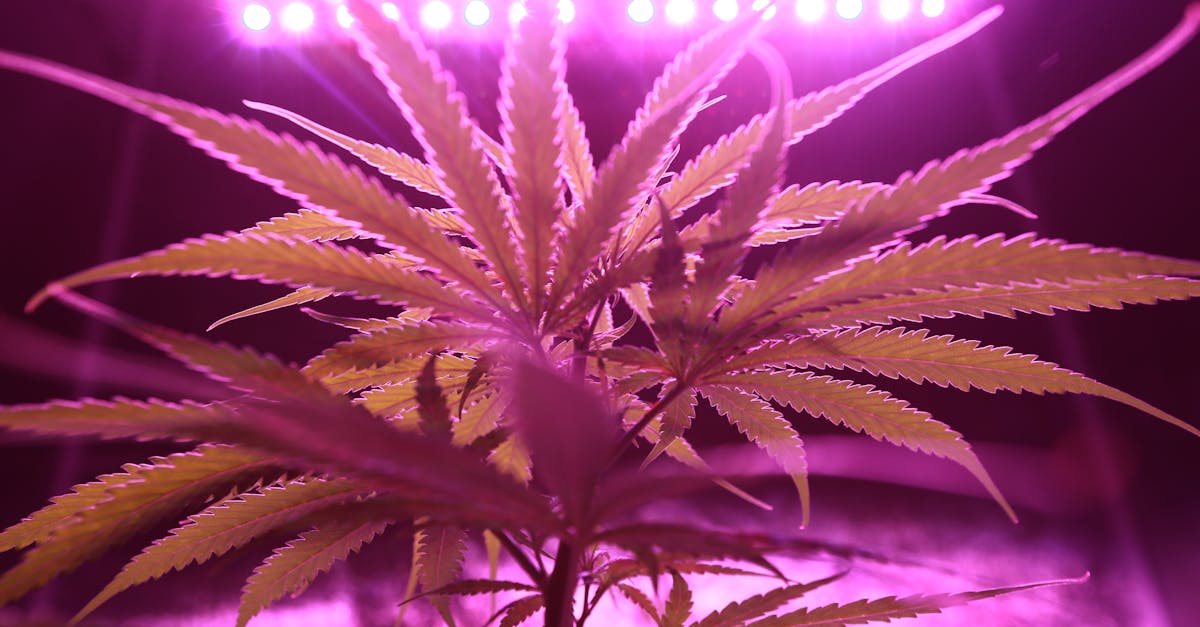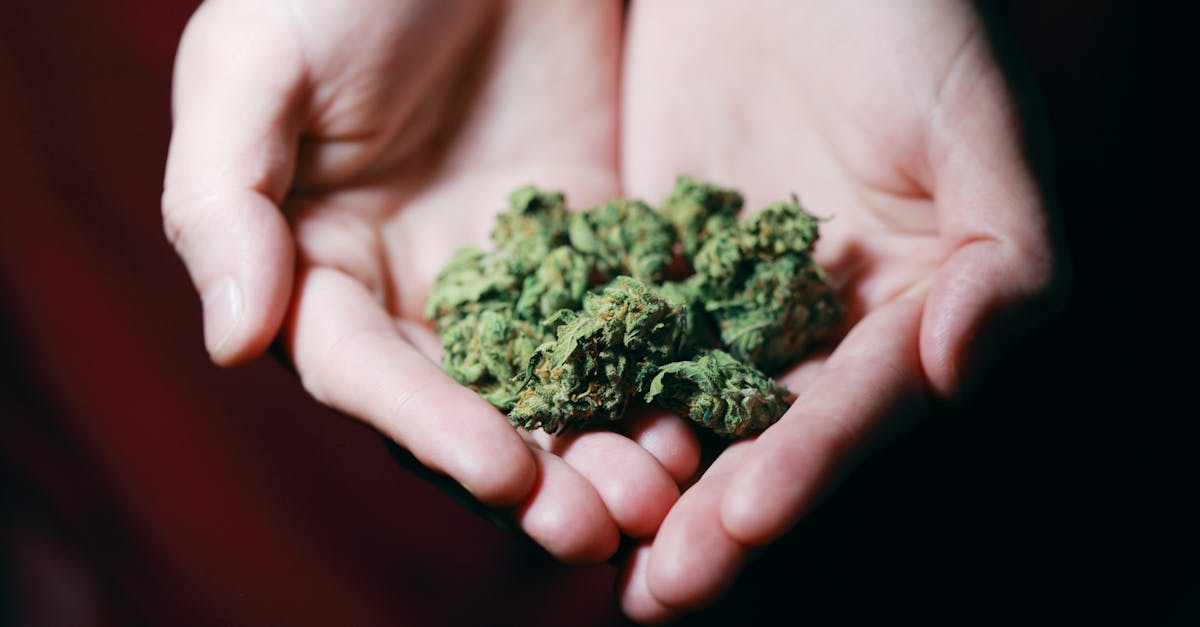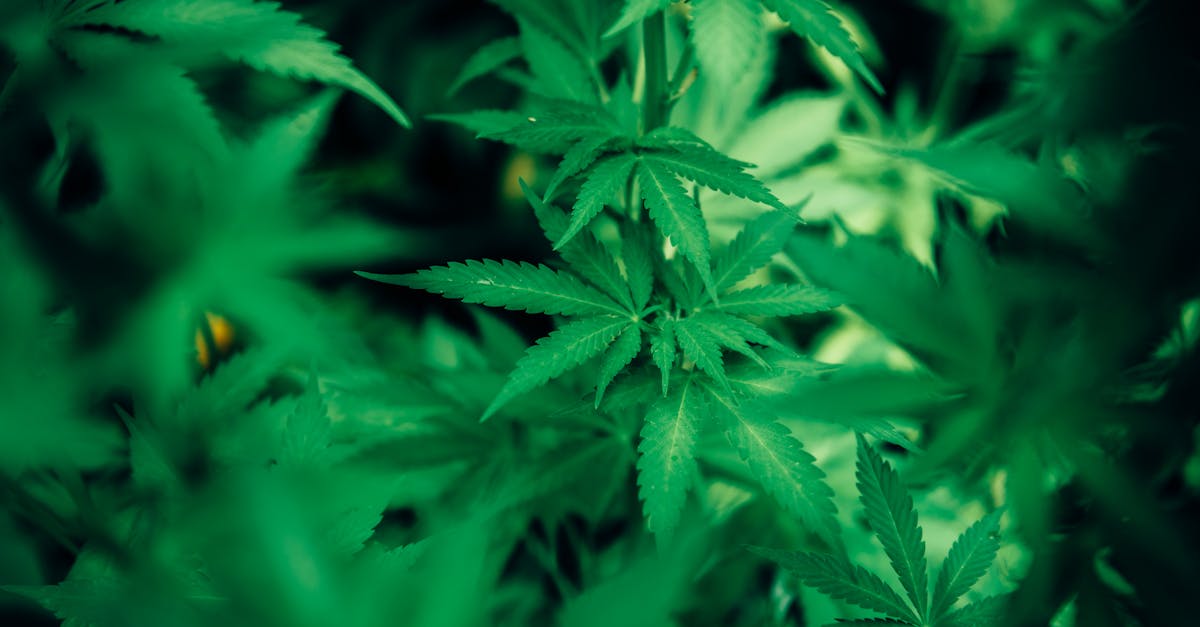
Aroma and Taste Profiles
Aroma and Taste Profiles
CBD flower and cannabis flower offer distinct aroma and taste profiles that contribute to their unique characteristics. CBD flower typically emits a more subtle and earthy scent with hints of floral notes, providing a mild and pleasant aroma. On the other hand, cannabis flower in Kawartha Lakes is known for its stronger, pungent smell that can vary from sweet and fruity to skunky and diesel-like, creating a more intense olfactory experience.
When it comes to taste, CBD flower often delivers a mild and slightly sweet flavour profile that is accompanied by herbal undertones, offering a smooth and enjoyable smoking or vaping experience. In contrast, cannabis flower in Kawartha Lakes presents a more robust and diverse range of flavours, including sweet, spicy, and sour notes that can provide a complex and rich taste sensation, appealing to those seeking a diverse palate experience.
Flavour Characteristics
Cannabis Flower in Woodstock offers a variety of flavour profiles that are distinct and appealing to consumers. The terpene compounds found in cannabis flowers contribute to the taste and aroma of the product, with each strain offering a unique combination of flavours such as citrus, pine, or earthy undertones. These natural compounds not only provide a sensory experience but also play a role in the overall effects of the flower.
On the other hand, CBD flower, also available in Woodstock, tends to have a milder taste compared to traditional cannabis flowers. With lower levels of THC, CBD flowers may lack the intense psychoactive effects but still offer a range of flavour profiles for consumers to enjoy. From fruity and sweet to herbal and nutty, CBD flowers provide a delicate and diverse palate experience that caters to a different segment of the market.
Packaging and Presentation
Packaging and presentation play a significant role in how consumers perceive and interact with CBD and cannabis flowers. When comparing CBD flower with cannabis flower in the Haldimand region, it's observable that CBD flower packaging tends to be more discreet and sophisticated. In contrast, packaging for cannabis flower often features bold and vibrant designs, sometimes incorporating strain-specific imagery or branding elements that appeal to a more traditional cannabis consumer base.
The presentation of CBD flower in Haldimand is often focused on promoting wellness and a premium aesthetic, with sleek packaging that highlights the product's quality and purity. On the other hand, cannabis flower packaging tends to emphasize potency and strain variety, using colourful labels and imagery to attract consumers looking for specific effects or experiences. Overall, the packaging and presentation of CBD and cannabis flowers in Haldimand reflect the different target markets and messaging strategies employed by producers and retailers in the region.
Marketing and Branding Strategies
Marketing and Branding Strategies play a crucial role in distinguishing CBD flower from Cannabis Flower in Aurora. Companies often leverage distinct packaging designs and branding techniques to target their specific audiences effectively. By highlighting the diverse benefits of CBD flower compared to traditional cannabis flower, marketers are able to cater to various consumer preferences and needs.
Engaging marketing campaigns that focus on the natural and therapeutic qualities of CBD flower have become increasingly prevalent in Aurora. Brands aim to educate consumers about the differences between CBD and cannabis flower, emphasizing the non-intoxicating properties of CBD products. Through strategic branding strategies, companies can create a unique positioning in the market and establish a loyal customer base in the rapidly growing industry. Marketing efforts that emphasize the health benefits and versatility of CBD flower have proven to be instrumental in increasing consumer awareness and driving sales in the Canadian market.
Pricing Analysis
Pricing Analysis
When comparing CBD flower to cannabis flower in Halton Hills, one major factor to consider is the pricing. CBD flower generally tends to be priced slightly higher than traditional cannabis flower due to various factors such as production costs, market demand, and regulations. The price difference between the two types of flowers can also be influenced by the level of THC present in the cannabis flower, as higher THC levels can sometimes command a higher price point.
Another aspect to consider in the pricing analysis of CBD flower versus cannabis flower in Halton Hills is the cost of production. CBD flower often requires meticulous cultivation practices to ensure high levels of CBD and low levels of THC, which can result in higher production costs compared to traditional cannabis flower. Additionally, market trends and consumer preferences play a role in pricing, as the demand for CBD products continues to grow, impacting the pricing strategies of both CBD and cannabis flower producers in the region.
Cost Factors and Market Trends
When evaluating the cost factors and market trends of CBD flower versus cannabis flower in St. Thomas, it is essential to consider various determinants that influence pricing dynamics. The first aspect to delve into is the supply chain management present in the cultivation, processing, and distribution of the products. The intricate network of producers, distributors, and retailers influences the final cost experienced by consumers. Additionally, the regulations and licensing requirements surrounding the production of CBD and cannabis products play a pivotal role in setting the prices in the market.
Market trends pertaining to CBD flower and cannabis flower in St. Thomas are characterized by an evolving landscape influenced by consumer preferences and regulatory frameworks. The demand for CBD products has seen a notable surge in recent years, attributed to the perceived health benefits and non-psychoactive nature of CBD. On the other hand, traditional cannabis flower continues to attract a distinct consumer base seeking the psychoactive effects associated with THC. Understanding these consumption patterns and preferences is crucial for businesses operating in the cannabis industry in St. Thomas to tailor their offerings to meet the evolving market demands.
FAQS
What is CBD flower?
CBD flower refers to the dried buds of the hemp plant that contain high levels of cannabidiol (CBD) and minimal amounts of tetrahydrocannabinol (THC), the psychoactive compound found in cannabis.
How is cannabis flower different from CBD flower?
Cannabis flower, also known as marijuana, contains varying levels of THC, the compound responsible for the plant's psychoactive effects, whereas CBD flower is cultivated specifically for its high CBD content and low THC levels.
Do CBD and cannabis flowers have different aroma and taste profiles?
Yes, CBD flower typically has a milder aroma and taste compared to cannabis flower, which can have a stronger, more pungent scent and flavour due to its higher THC content.
What are the packaging and presentation differences between CBD and cannabis flowers?
CBD flower is often marketed in sleek, modern packaging emphasizing its therapeutic properties, while cannabis flower may be packaged in more vibrant, colourful containers to appeal to recreational users.
How do marketing and branding strategies differ for CBD and cannabis flowers?
Marketing for CBD flower tends to focus on wellness benefits and natural healing properties, whereas cannabis flower brands often highlight recreational experiences and the "high" associated with THC consumption.
Is there a significant price difference between CBD and cannabis flowers?
Yes, CBD flower is typically priced higher than cannabis flower due to the extraction and manufacturing processes involved in creating high-quality CBD products.
What are the cost factors and market trends influencing the pricing of CBD and cannabis flowers?
Cost factors for CBD flower include cultivation methods, extraction processes, and regulatory compliance, while market trends such as increasing demand for natural remedies and wellness products can impact pricing dynamics in the CBD industry.

